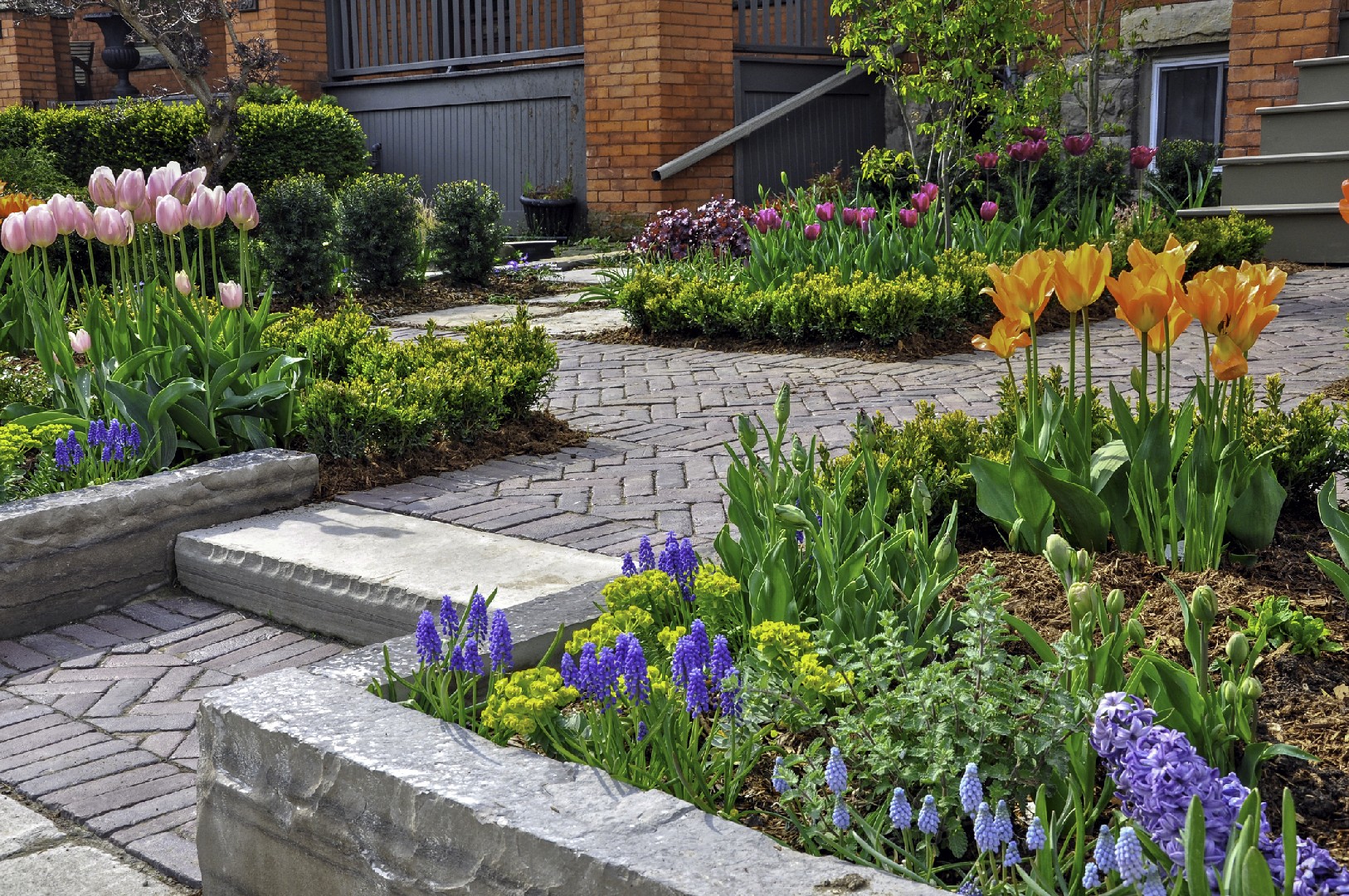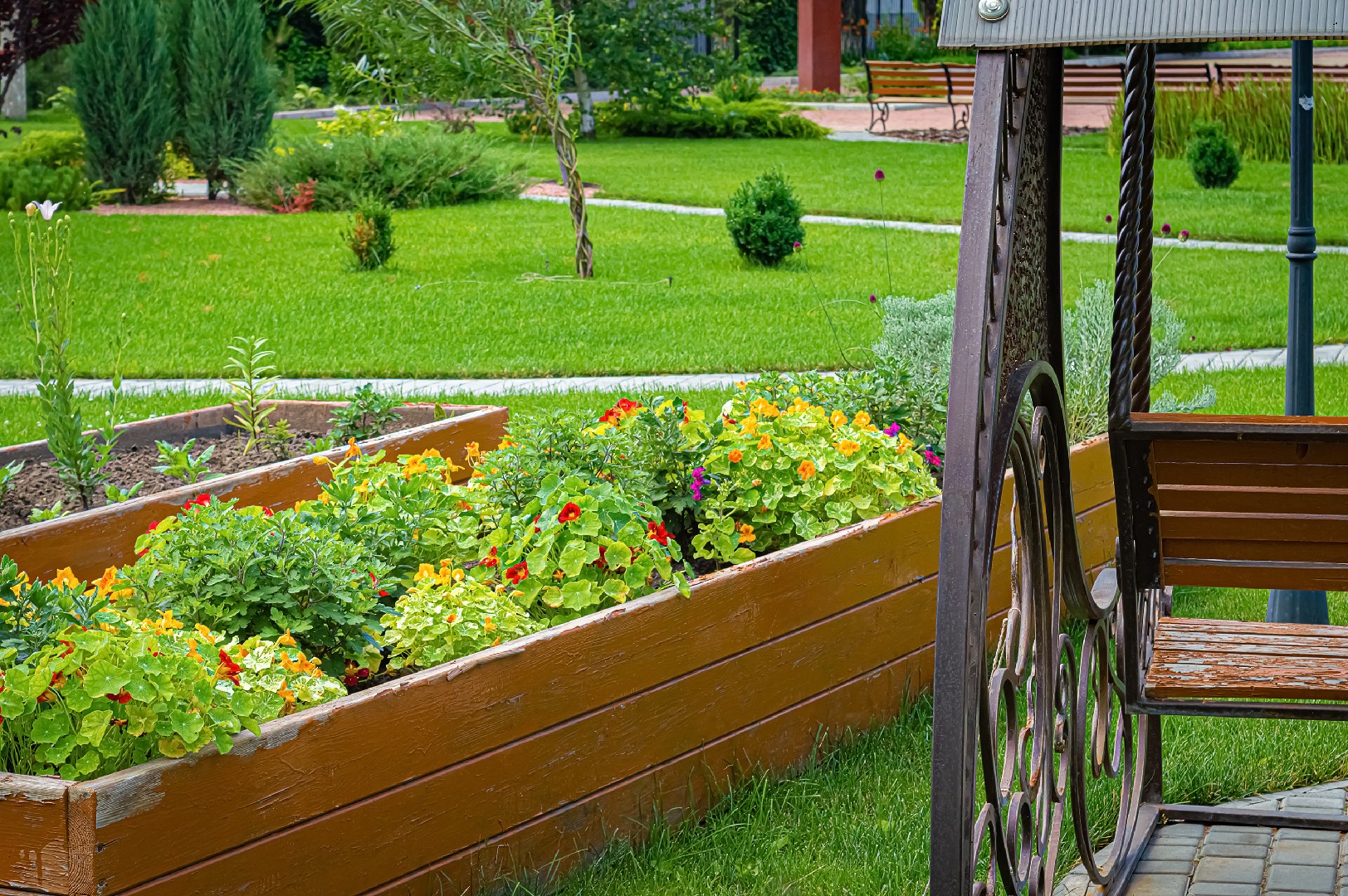![Rectangle]()
What are Hardscaping Borders and their Impact on Garden Aesthetics
When it comes to revamping your garden, one of the key aspects to consider is hardscaping borders. Hardscaping borders refer to the structures or materials used to create distinct boundaries between different areas in your garden. These borders serve multiple purposes, including enhancing the overall aesthetics of your garden and providing functional and practical benefits.
Garden bed borders play a crucial role in the overall design of your garden. They help define and separate different areas, such as flower beds, walkways, and patio spaces. By creating clear boundaries, hardscaping borders give each area its own identity and purpose, contributing to a harmonious and organized garden layout.
A well-structured border can significantly transform the aesthetics of your garden. It adds structure and order, creating a visually pleasing and polished look. Whether you opt for natural stone borders, concrete curbing, or decorative metal edging, the choice of hardscaping borders can greatly impact the overall appearance of your garden.
To create an appealing garden aesthetic, there are various methods and skills to consider. One method is to use contrasting materials for hardscaping borders. For instance, if you have a lush green lawn, using a dark-colored stone or brick border can create a striking contrast that highlights the beauty of your lawn. On the other hand, if you have colorful flower beds, opting for a neutral-colored border can help accentuate the vibrant colors of the flowers.
In addition to the choice of materials, the placement and design of hardscaping borders also play a crucial role in enhancing garden aesthetics. Strategic placement can create focal points and guide the eye, while intricate designs can add a touch of elegance and sophistication.
When planning your hardscaping borders, it's essential to consider the practical value they bring to your garden. Besides enhancing the overall appearance, they also provide functional benefits such as containing mulch or gravel within garden beds, preventing soil erosion, and delineating paths to prevent trampling on plants.
To make the most out of your hardscaping borders, here are a few practical tips to keep in mind. First, ensure that the height and width of the borders are appropriate for your garden design and purpose. For larger gardens, wider borders can create a more dramatic impact, while narrower borders can work well in smaller spaces.
Additionally, consider the maintenance required for the chosen materials. Natural stone and brick borders may require periodic cleaning and sealing to maintain their appearance, while metal or concrete borders may offer a more low-maintenance option.
In conclusion, hardscaping borders play a vital role in revamping your garden and can have a significant impact on its overall aesthetics. By selecting the right materials, considering design elements, and incorporating practical value, you can create a visually appealing and functional garden that you can enjoy for years to come.





